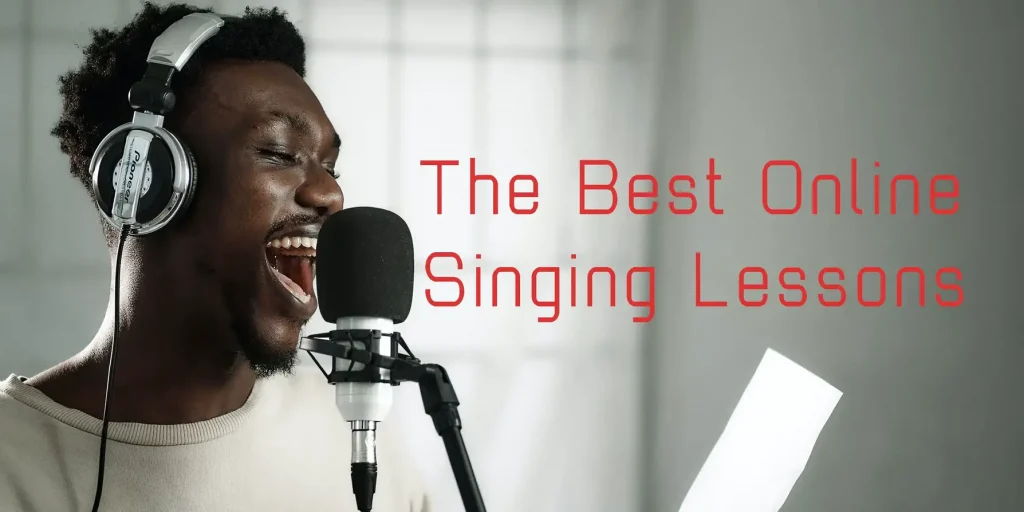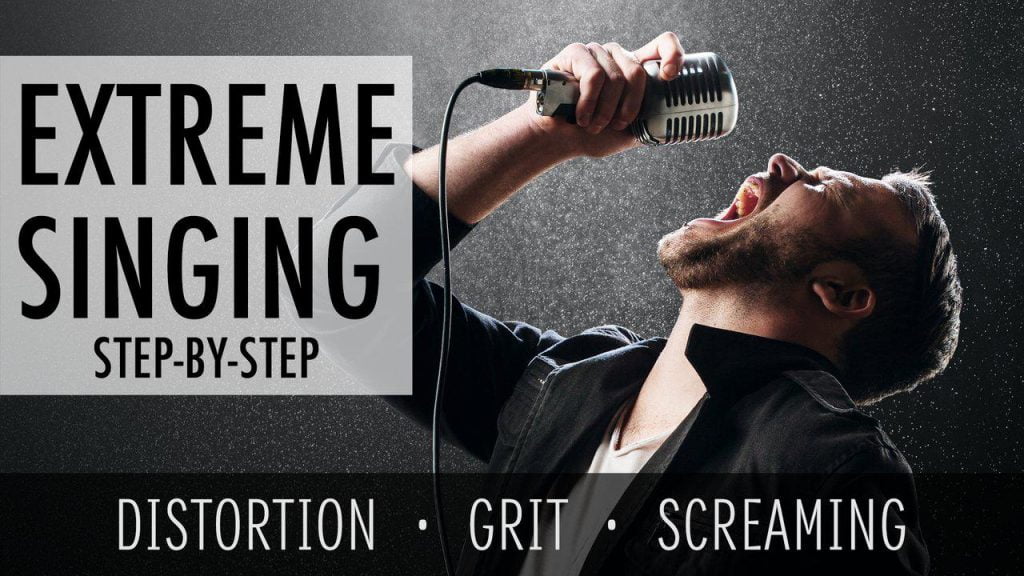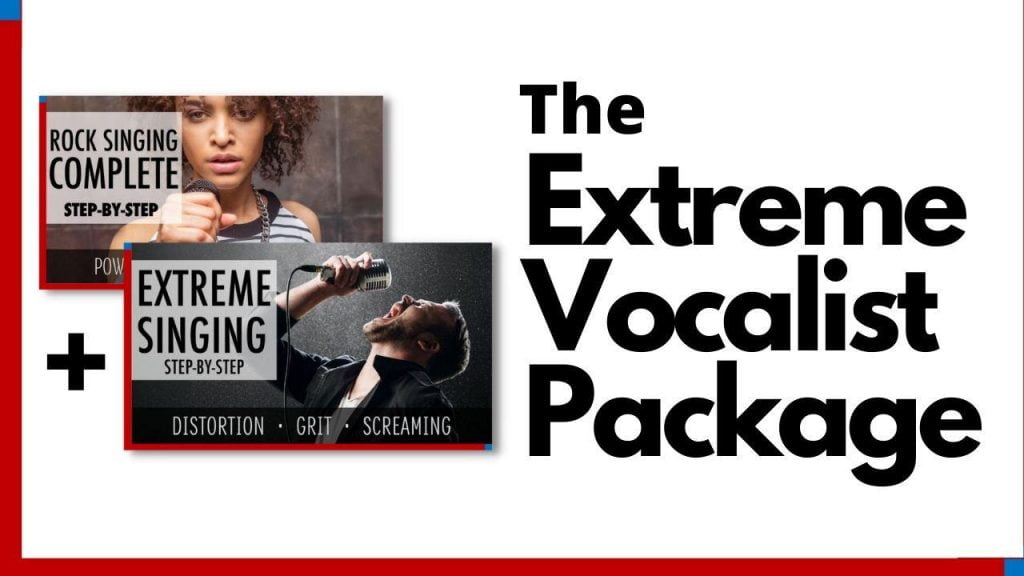The Vocalist Studio: An Intensive Review
The Vocalist Studio diverges significantly from the norm of most online vocal training platforms. In fact, it doesn’t merely differ—it stands in stark contrast. Rather than simply offering a buffet of vocal techniques or theories, TVS presents an exclusive, meticulously crafted training system, shaped by Robert Lunte over two decades of dedicated instruction.
The program is complex, layered, and requires serious commitment. It’s not for the faint-hearted, but if you are an ardent, focused vocal student, this could be your holy grail.
What’s On Offer?
With an impressive 177 lessons divided into 14 comprehensive modules, The Vocalist Studio may well be the most extensive at-home vocal training system available globally. It’s certainly the most thorough one I’ve encountered.
This isn’t just another compilation of singing tips or vocal exercises. It’s a full-fledged methodology, honed and refined by Robert Lunte’s expertise over 20 years. That depth is evident in every lesson.
Course Breakdown
The lessons are split into 14 distinct modules, each focusing on a specific area rather than being structured by difficulty level. These modules explore topics like physical modes, acoustic modes, vocal effects, and onsets—topics that are virtually unheard of in other platforms, showcasing just how in-depth the program is.
However, navigating the program can initially feel bewildering since all the content is available on one page. It took me some time to orient myself and figure out where to begin. A few scattered hints across the interface help, and the modules seem to fall into two categories: lectures and training videos.

Lectures
The first eight modules are lecture-based, in which Robert delves into topics such as:
- Key success factors
- Advanced tongue techniques
- The four pillars of vocal mastery
- Physical and acoustic vocal modes
- Vibrato and other vocal effects
- Onsets
If you choose to watch these lectures in sequence, prepare to absorb a wealth of information. It’s not the sheer volume that’s overwhelming—the content is top-tier—it’s just a lot to take in before reaching the actual hands-on training. I recommend consulting the workflow guides before diving in. This will help structure your approach and make the progression more manageable.
Training Modules
The subsequent six modules consist of practical exercises, where Robert walks you through various drills, such as:
- Warm-up routines
- Onsets and sirens
- Effective practice techniques
- Vocal bridging and connection
- Articulation techniques
Many of these training videos are concise—around two to three minutes each—but dense with information. I found myself replaying several of them to fully grasp all the nuances. One thing I appreciated was how Robert ties the techniques back to the foundational concepts discussed in the lectures. For instance, in a lesson about bridging and connecting, he encourages you to notice how vowel modification through the vocal break influences the shift into head voice—a subtle but critical concept.
Extreme Singing -Digital Cource
Interface and Usability
To be blunt, the interface needs refinement to compete with sleeker online vocal programs. It’s not unattractive, but it can be quite disorienting initially.
After spending some time familiarizing myself with the platform and utilizing the workflow guides, things started to click. You can also schedule a Zoom session with Robert to help you navigate the program, though I still felt slightly lost afterward. I recommend exploring the content thoroughly before your call so you can ask pointed questions about progression and layout during the session.
Focus on Songs and Styles
One thing that stands out is that The Vocalist Studio doesn’t focus on specific songs, styles, or genres. At first, this might seem unusual or even frustrating.
However, I suggest leaning into this. Robert’s philosophy revolves around mastering the core principles of vocal technique rather than teaching a few catchy songs. By understanding the fundamentals deeply, you build a versatile foundation applicable to any style.
Extreme Vocalist Package (Rxtreme Singing + Rack Singing)
Tools and Support
Unlike some platforms that provide recording software or metronomes, TVS focuses on the vocal craft itself. However, Robert does suggest some helpful equipment that could aid in your training.
On the support front, there’s an abundance. The chat feature on the website allows you to directly reach out to Robert, which adds a personal touch not typically found on other platforms.
You can also book a $40 onboarding Zoom call with Robert to help you navigate the program and meet him in person. He’ll share training logs via Evernote during the session, which is another unique feature. While the workflow guides are somewhat helpful, they could use a bit more clarity and be easier to find without needing the onboarding call.

The Book
An optional, yet impressive addition to the program is a 616-page, full-color book that complements the online modules. Though it’s an extra cost, the book is invaluable—especially for students who prefer reading over video lessons. It provides academic-level insights into the vocal techniques covered in the course, making it an excellent reference tool.
Is It Worth the Price?
While the program isn’t the cheapest, its value far exceeds the price tag. At $199 for the course alone, or $299 if you opt for the book, it’s an investment that more than pays off with the depth and quality of content.
If you’re considering private lessons with Robert (which cost $250 an hour), you can bundle three lessons for an additional $200, bringing the total to $499. Given the depth of personalized instruction you’ll receive, this is a steal compared to the standalone price of his private sessions.
Trial Period
There’s no free trial available, which might be a downside for some.

The Four Pillars Of Singing + Book
Unique Selling Points
In terms of sheer size, The Vocalist Studio reigns supreme. Its vast curriculum is unmatched by any other online vocal platform. But the true selling point lies in the direct interaction with a world-class coach like Robert Lunte. Whether through private lessons, onboarding calls, or even live chat, the personal touch elevates the learning experience.
How Does It Compare?
There’s no other platform that dives as deeply into vocal theory and technique. While 30 Day Singer might offer a comparable number of lessons, The Vocalist Studio provides far more intricate, physiological discussions.
That said, TVS’s layout could use some improvement. In that department, 30 Day Singer has a more user-friendly interface.
Final Thoughts – Is TVS for You?
If you’re casually exploring vocal lessons or want a smooth user interface, TVS may not be the best fit. But if you’re unwavering in your commitment to becoming a true vocal master, this is the platform for you. Its depth, breadth, and rigor are unparalleled, but be prepared to spend time learning the ropes of the interface.








Leave a Comment